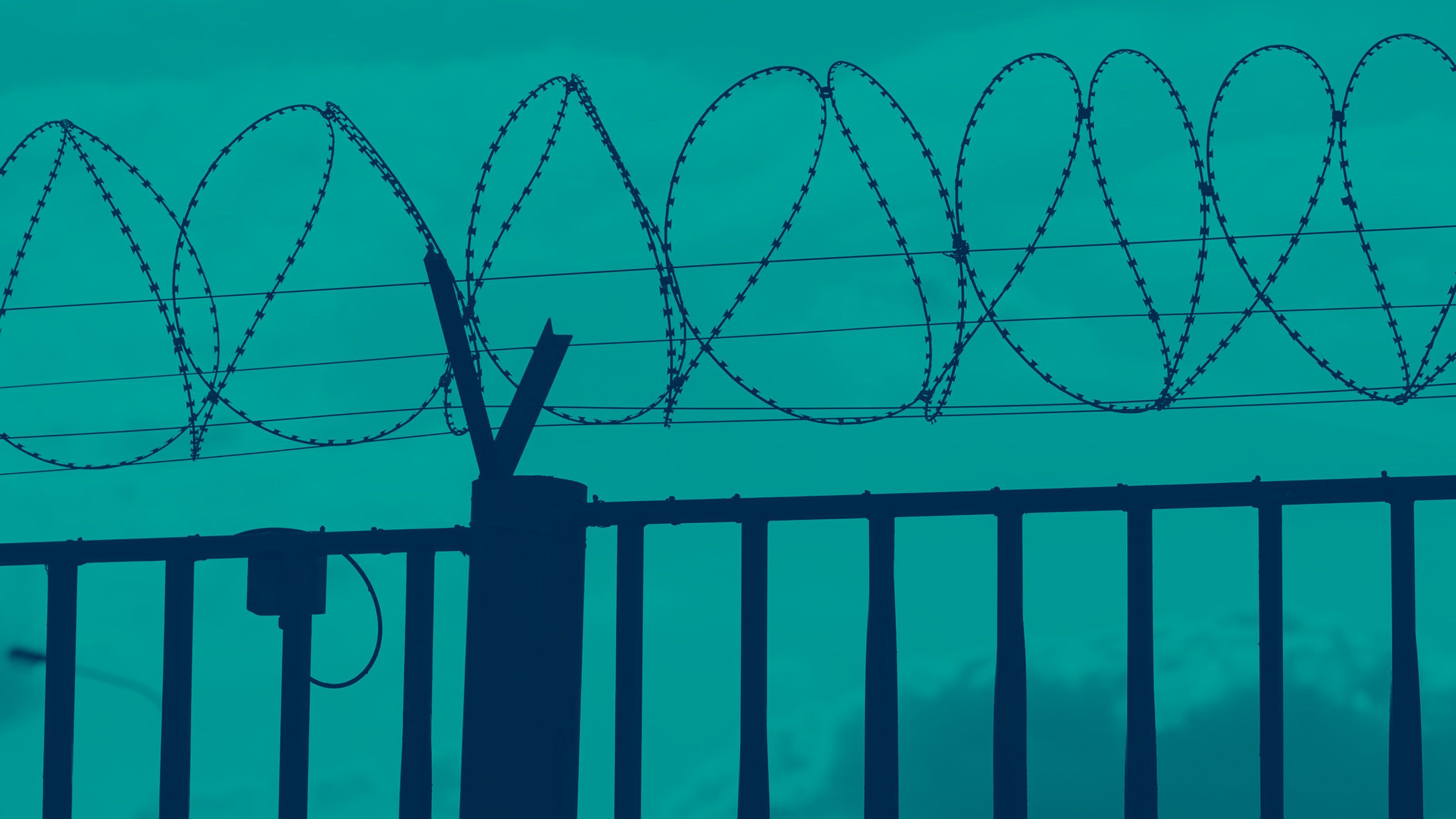Registration
You will receive an email confirming your registration.
The Indian Ocean is becoming a more complex, congested and contested strategic space than ever before. This involves a relative decline in the United States’ military dominance, the emergence of India as a major regional power and China’s growing economic and military presence. The interactions between these powers are likely to produce a more multipolar region than seen in the modern era, with a much greater level of strategic competition. Cross Currents: The New Geopolitics of the Indian Ocean brings together leading analysts from Australia, India, France, South Africa, Sri Lanka, Seychelles, and the United States to consider the future of the Indian Ocean. It examines the changing balance of military power, including the naval and air strategies of the major powers, as well as the changing roles of key resident middle players, and the consequences of these developments for the island states as they seek to maximize their agency in the face of great power competition. The volume then considers how we should understand Indian Ocean dynamics as part of the broader Indo-Pacific construct.
Carnegie India hosted David Brewster for a discussion on Cross Currents: The New Geopolitics of the Indian Ocean, co-edited with Samuel Bashfield and Justin Burke, at the Security Studies Seminar. The discussion was moderated by Srinath Raghavan.
DISCUSSION HIGHLIGHTS
Major Power Competition in the Indian Ocean Region: As with most other regions of the world, the Indian Ocean Region (IOR) has also emerged as an arena of major power competition and evolved towards a multipolar system. Participants discussed the strategic perspectives of the three major powers in the region, namely the United States of America, China, and India. They explored the U.S.’ naval strategy towards the Indian Ocean, emphasizing its secondary concern for the region, as its primary strategic interests lie elsewhere in Southeast Asia. Participants analyzed the increasing Chinese military presence, and India’s naval tactics based on a strategy of control and denial. Furthermore, the significance of established air and space powers in the IOR was recognized, and the discussion covered the American and Indian approaches to the use of air power. Participants agreed that India’s approach to air power in the region required further deliberation. Meanwhile, they also observed that the United States’ role in the region remains uncertain under the Trump administration.
Increasing Importance of Middle Powers in the Indian Ocean Region: Participants acknowledged that the dynamics between major powers occupy prominence in the discourse, while limited attention is paid to the role played by middle powers in the IOR. They appreciated the significance of these powers such as Australia, Bangladesh, Indonesia, South Africa, Kenya, Ethiopia, France, and Türkiye in maintaining stability and mitigating issues between the major powers. The emerging coalitions between these countries underline the multipolarity of the region emphasizing their ambitions and unique perspectives. For instance, in recent years Bangladesh has expanded its ties with other Indian Ocean actors such as Australia, Japan, and France to reduce its dependence on India and China. At the same time, trade, naval, and military engagements of certain middle powers can vary depending on demographic and economic factors. Participants highlighted the importance of South Africa and Indonesia as natural players in the IOR but accepted their current and distinct priorities in continental Africa and Southeast Asia respectively. Nonetheless, participants agreed on the crucial need to delve deeper into the strategic cultures and perspectives of middle powers that may not be completely oriented towards the IOR at present but are likely to play an active part in the future.
Agency of the Region’s Smaller States: Participants discussed the vital importance and agency of geographically smaller countries like Sri Lanka, Maldives, and Seychelles in the IOR. While major power competition can have an adverse and destabilizing effect on these countries, they cannot be perceived as merely instruments in a larger geopolitical contest and continue to enjoy a relatively high level of autonomy. They have unique perspectives and concerns, and act based on their national interest, driven by domestic developments and threats to their national security. Participants mentioned that larger countries may not agree with their outlook but should be considerate of their problems and more accepting of their aspirations. However, their relative capacities can vary. They also accepted the need for further study of the role and concerns of these countries, recognizing that they are often neglected in mainstream scholarship. In this regard, discussants appreciated the earnest attempt of the book to highlight and platform diverse regional perspectives.
The Indo-Pacific as an Approach: Participants recognized that while a state can have numerous sub-strategies, they must form part of a coherent whole and keep other sub-strategies in mind. In this context, participants discussed Indian Ocean strategies within the framework of the larger Indo-Pacific. Participants were of the opinion that while countries can have a separate approach for each the IOR and the Pacific Ocean, as the two regions are distinct, the approaches can work to ensure strategic consistency. They also recognized that while most countries have adopted a separate Indo-Pacific strategy in recent years, the same importance has not been given to the IOR within the broader strategy. Considering the region’s growing importance, states need to formulate and implement a distinct approach, wherein the already existing policy structures can serve as important tools. In this regard, the Indo-Pacific offers an umbrella strategy, within which different sub-strategies addressing local issues can be developed, thus ensuring further engagement between major, middle and small powers. For instance, the synergy between the island states and the success of the Quad in the Indo-Pacific can serve as a useful guide. The two regions also face numerous similar challenges like major power competition, climate change, threats in the maritime domain, and cybersecurity challenges, among others.
This summary was prepared by Mugdha Satpute, young ambassador, and Swasti Sachdeva, intern, with the Security Studies program at Carnegie India.
